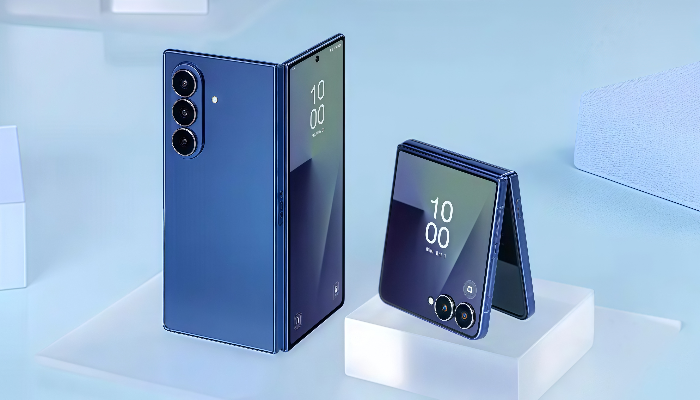Samsung has taken a distinct and strategic approach in equipping its latest foldable smartphones—the Galaxy Z Fold7 and Galaxy Z Flip7—with different processors. The Fold7 is powered by Qualcomm’s flagship Snapdragon 8 Elite, while the Flip7 employs Samsung’s own Exynos 2500 chip. This deliberate divergence reveals Samsung’s multi-dimensional strategy balancing premium performance, design priorities, and innovation goals.
Unpacking Samsung’s Business Logic: Chip Choices by Model
Traditionally, Samsung imbued its flagship foldables with Snapdragon processors for a consistent global standard of excellence. However, with the Fold7 and Flip7, Samsung has adopted a nuanced approach. As a productivity powerhouse and premium flagship, the Fold7 receives the Snapdragon 8 Elite, ensuring unparalleled performance, AI capabilities, and energy efficiency to empower multitasking and demanding use cases.
Conversely, the Flip7—a device celebrated for its compact, stylish clamshell design—incorporates Samsung’s in-house Exynos 2500 chip, particularly in select markets like South Korea. This differentiation serves several strategic purposes: it reduces dependency on external suppliers, supports Samsung’s semiconductor ambitions, and adjusts the cost structure to better fit the Flip7’s design and price positioning12.
By strategically pairing Snapdragon with the Fold7 and Exynos with the Flip7, Samsung signals its confidence in both chips while tailoring the user experience and cost strategy according to device identity.
Performance Reality Check: How Does the Exynos 2500 Actually Fare in the Flip7?
Benchmark assessments and real-world testing reveal that while the Exynos 2500 delivers solid performance for mid-to-high-range workloads, it does not match the sheer processing power, graphics prowess, or efficiency of the Snapdragon 8 Elite in the Fold7. Users might observe longer app launch times, slightly less fluid gaming, and somewhat reduced battery endurance during heavy usage.
However, considering the Flip7’s design emphasis—thinness, lightness, and portability—these trade-offs are often subtle and overshadowed by the device’s everyday usability. Optimized software and power management contribute to a smooth experience in typical scenarios like messaging, streaming, and casual gaming, making the Exynos-powered Flip7 a compelling choice for style-conscious users who do not demand flagship-level raw power34.
Is the Performance Trade-Off Worth It for the Flip7’s Sleek Form Factor?
Samsung’s deliberate choice to deploy the Exynos 2500 reflects a calculated compromise: embracing slightly less peak performance in exchange for improved heat management, power efficiency, and the ability to maintain the Flip7’s ultra-slim, pocket-friendly form factor.
For many users, this trade-off is justifiable and even desirable—preserving the elegant, lightweight design that defines the Flip series without sacrificing core functionality. Samsung empowers consumers to select based on priority: uncompromised powerhouse performance with the Fold7 or graceful style and portability with the Flip7.
Looking Ahead: Will Midrange Foldables Embrace Samsung’s Self-Developed Chips?
The Flip7’s use of Exynos 2500 on a foldable device underscores Samsung’s intent to gradually expand its self-developed chip presence in foldables, especially in mid-tier and regional segments. As Samsung continues refining Exynos production yields and architectural efficiencies, these chips are poised to play a wider role, helping the company control costs, reduce external reliance, and innovate in vertical integration.
Industry trends and Samsung’s roadmap suggest we could soon see hybrid product lineups where Snapdragon powers flagship foldables while Exynos chips anchor growing midrange offerings. This dual approach fosters competition within Samsung’s chip portfolio and signals an exciting evolution in foldable smartphone technology.





 No products in the cart.
No products in the cart.